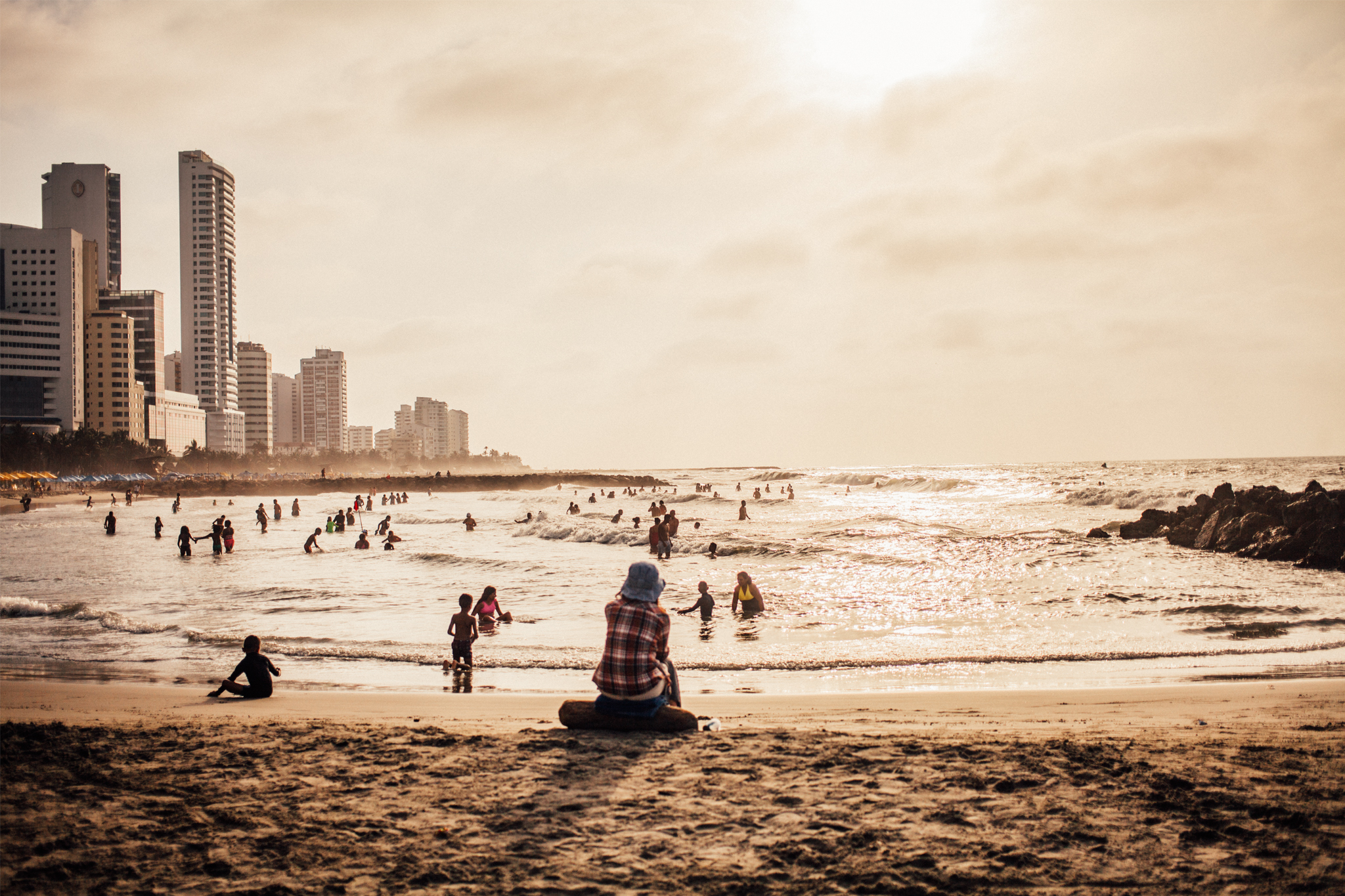Nature and/or Economic Development?
What is wealth? Native peoples traditionally don’t define wealth as the accumulation of money and the things money can buy. Instead, having natural resources in perpetuity to ensure the tribe is sustained far into the future is their version of “wealthy.” Achieving that goal requires stewarding the land. Without nature’s bounty to feed the people, what good is a mountain of gold?
Capitalism discarded this commonsense idea. With guns in their hands and money on their minds, capitalist exploiters would take and take and take again, exhausting nature’s gifts and causing the native peoples — who depended on the animals, fish, and edible plants in their environment — to starve or to abandon their lands.
Western purveyors of economic development attempted to mitigate starvation in the Global South countries they dominated by increasing food production and, of course, increasing their own profits and control over agriculture in the process! They didn’t return the land to the people, the obvious solution. Instead, they turned to technology. The US exported the so-called “Green Revolution” to Mexico beginning in 1940. The Ford and Rockefeller Foundations funded experimental projects to replace traditional agricultural practices, introducing hybridized corn, expensive farm equipment and chemicals to boost output. They claimed that millions were saved from starvation.
The actual result? The agronomist who first went to Mexico, Norman Borlaug, got a Nobel Peace Prize. What did the Mexican people get? New methods that ruined Mexican farmers by making them dependent on imported seeds. The new farm machines were best suited to large-scale agriculture, and new foreign-owned agribusinesses employed farm workers, often the former masters of the land, making them dirt poor in both senses. Forests were cleared, toxins leached into soil and water.
Today, Mexico’s southern region, the poorest area of Mexico, needs economic development and more healthy food. Is there a way to grow the economy, feed the people, and steward nature? Does it have to be either/or? In this interview, agroecologist Cecilia Elizondo explains a new “both/and” model of development being tried in Mexico.

Dr. Cecilia Elizondo has been a member of the ECOSUR (El Colegio de la Frontera Sur) agroecology group for 21 years, with 35 years of experience in environmental management. In 2019 and 2020, she was SEMARNAT (Department of Environment and Natural Resources) Chief of Cabinet under Víctor Toledo. In November 2023, she was appointed as a member of the UN Committee on World Food Security, one of 15 world experts tasked with prioritizing measures to end world hunger and malnutrition.
Your research centers on agroecology and political ecology in the Yucatán Peninsula, and you have looked at how the new Tren Maya has affected food production, the environment and the lives of local people. First, what is agroecology?
Agroecologists study the relationship between agricultural crops and the environment. We also study the producers and social movements that determine which crops are grown. By emphasizing natural processes that protect the soil and water and avoiding contaminants like chemical fertilizers, herbicides and pesticides, we promote respect for the ecological processes of the ecosystem.
These ideas are not new. Historically, when Mayans peopled the Yucatán, they relied on nature’s processes to grow food. Some say that as their populations increased, they destroyed the environment, but newer research appears to contradict that theory.
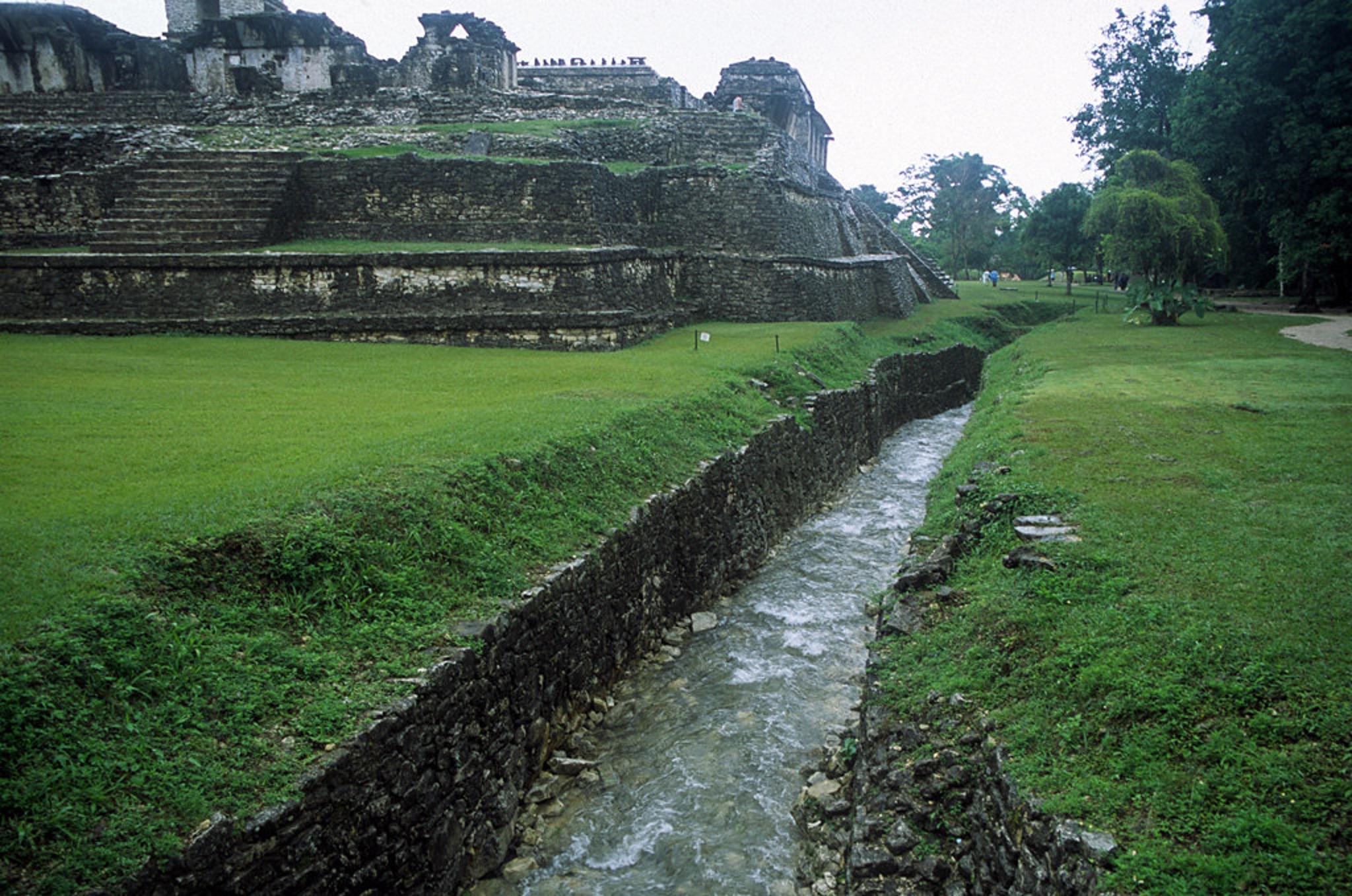
For example, this region is usually dry, but every once in a while it floods. Researchers found that ancient irrigation canals captured floodwaters rather than allowing the water to sink into the ground, but in modern times, when roads were built, that water flow was cut off. Mayans grew many plant species, including ramón (used to make coffee), medicinal plants, and other vegetation found growing near archeological sites.
How has modern development affected agriculture and the environment?
Human activity of any kind affects the environment; the question is how to minimize that impact. Recent activities focused only on short-term profit have been extremely harmful.
For example, there’s the mining of limestone, the main component of the soil in this region. In Playa del Carmen, a US company’s mining operation covering 2000 hectares (about 5,000 acres) extracts limestone from deep in the earth. This damages underground rivers and cenotes.
We have tourism based on a 1960’s model of unlimited growth. Natural and human resources are concentrated in a few places and in a few private companies.
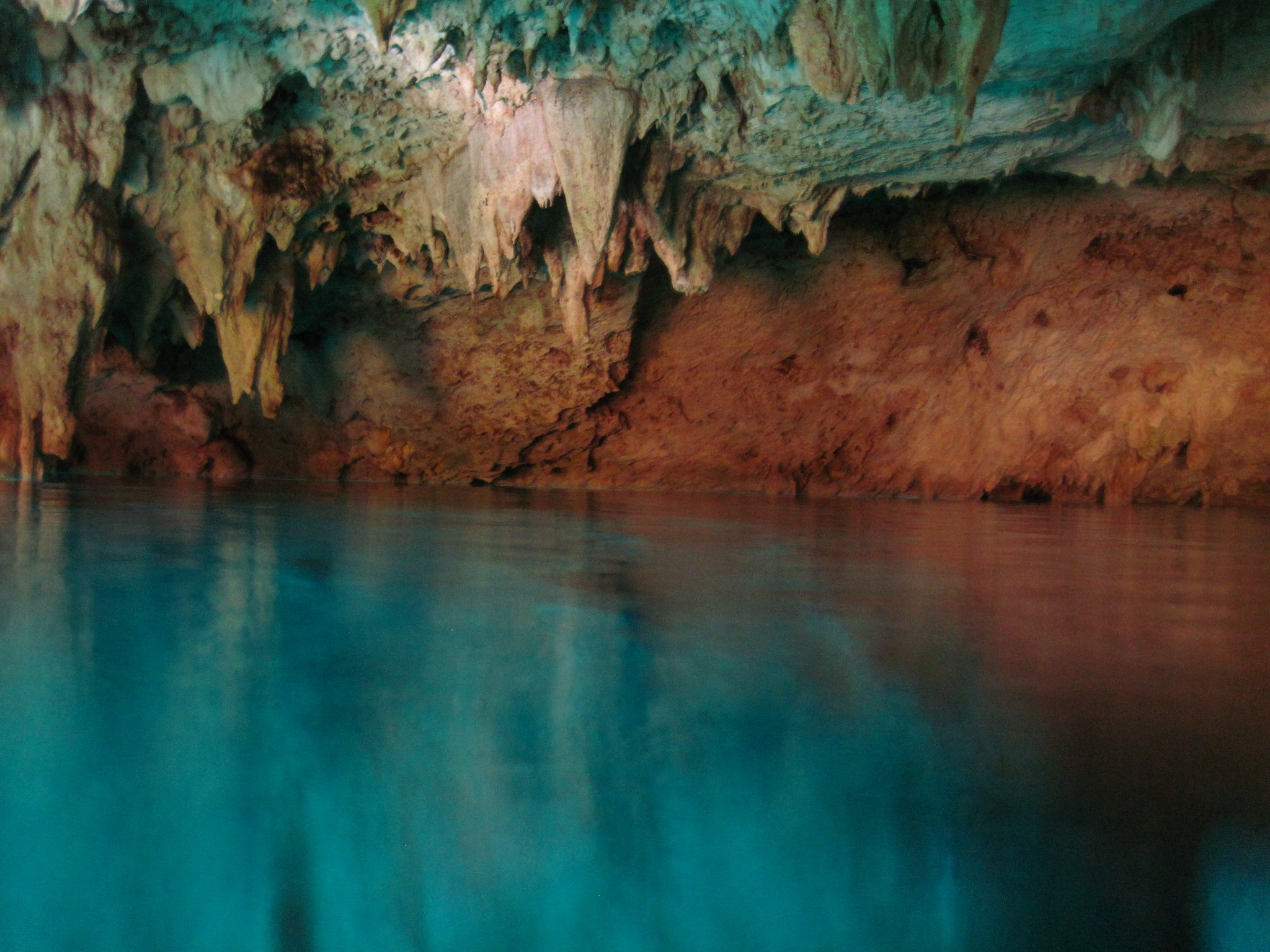
A study from 1980 to 1992 shows that Cancún grew from 60,000 to 1,000,000 residents within 13 years. In Xcaret, near Cancún, developers used dynamite in the 1980s to create water parks so hordes of tourists could swim in underground rivers. As a result, suntan lotion suffuses the water and damages the environment for plants and fish. Hotels and luxury homes hog the fresh water and electricity.
To get to these places, developers built roadways that cut through delicate environments. Vehicles kill wildlife and spew carbon into the atmosphere.
The criticism of the Mayan Train is about politics. It’s not really about the environment. The train is a public benefit; it is not for private gain — an essential distinction.
Many have criticized the huge Tren Maya project that circles through the Yucatán Peninsula. Won’t it exacerbate the problem of environmental destruction?
Ha! The criticism of the Mayan Train is about politics. It’s not really about the environment.
First, the train is a public benefit; it is not for private gain — an essential distinction.
Critics say that installing pillars deep into the earth as foundations for the train platforms is destructive, but these are the same structures that have been used for the foundations for the hotels and luxury homes.
The section of the train between Tulum and Playa del Carmen, where 500 hectares, or about 1200 acres, had to be appropriated, has sparked the biggest conflicts. But limestone mining is four times as big. Unlike mining or the tourist industry, the Tren Maya project has taken measures to mitigate the train’s impact. Almost 2 million hectares of new national protected areas were designated between 2021 and 2024 in the five states the train passes through.
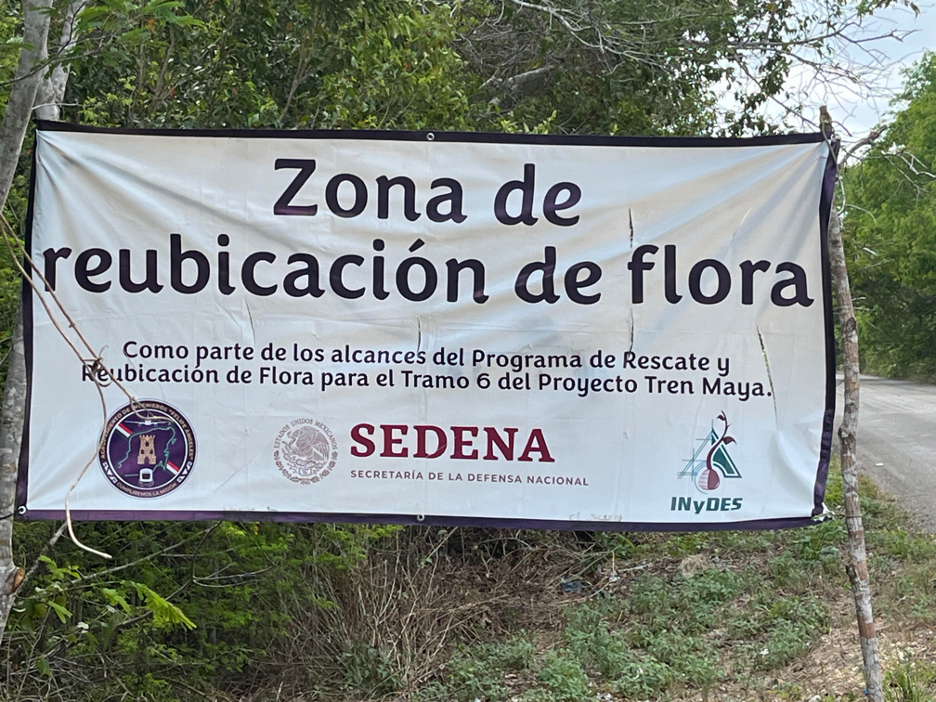
There are over 123,000 hectares of voluntarily designated areas for conservation. The Tren plan created almost 500,000 hectares for reforestation and restoration projects, benefiting 167,000 farmers. Most of the trains are electric and will replace many of the carbon-emitting cars and trucks.
To protect ancient cultural sites, the National Institute of Anthropology and History has rehabilitated twelve archaeological sites. In short, the Tren Maya has produced many more environmental and cultural benefits than negative impacts.
Social impacts? Planners are required to work with the communities near the stations. Local people want the jobs that come with tourism but also want limits to growth, and rather than privately owned luxury hotels, they want to develop community-based cooperative ecotourism projects. This has been supported by the planners.
Will ordinary citizens ride the train?
It’s a passenger train with different ticket prices for different populations. For example, approximately from Palenque to Mérida, it costs 670 pesos for locals, 900 pesos for Mexican nationals (1040 pesos by bus), and 1200 pesos for tourists. Critics leveled the accusation that the train was mainly for tourists, but already 80% of the riders are Mexican.
Train travel is comfortable because you can move around and buy refreshments. It’s safer, trains have fewer traffic accidents. And it’s faster, too. People can jump on a train from, say, Candelaria in Campeche to go to a concert in Mérida. Before, the trip took 12 hours by car or bus, but now it is doable in a day. You can imagine why the private transportation industry opposes the train!
Recently, you worked on a policy — which became law — for adequate and sustainable food (Ley General de la Alimentación Adecuada y Sostenible). What is in that law?
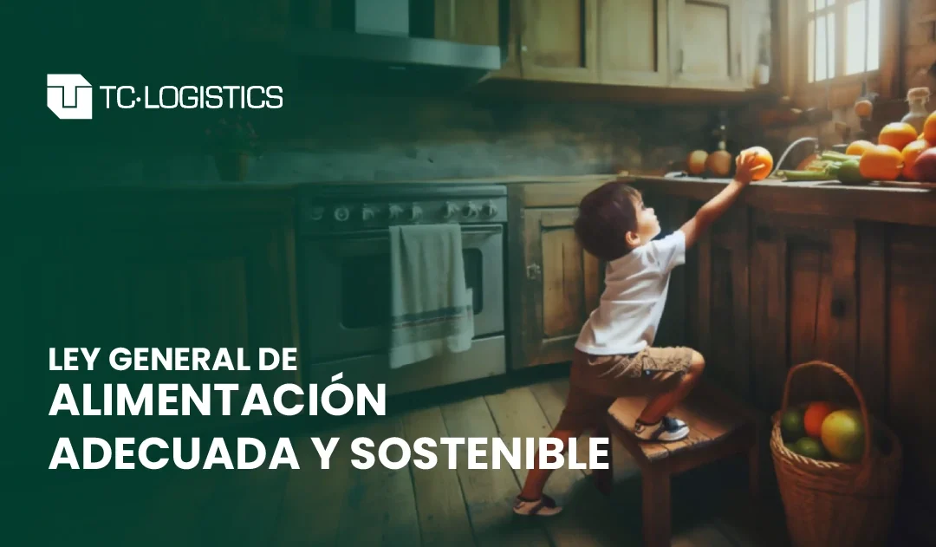
This is groundbreaking! We began work on this law in 2008. In the AMLO administration, I coordinated the Inter-Institutional Group on Health, Food, Environment and Competitiveness, a coalition of public and non-governmental agricultural, health and environmental agencies and organizations.
Article 4 of the Constitution gives us the right to food, and this new law, published on April 17, 2024, shows how to implement this right by transforming our food system. The law requires that 15% of what the government buys must come from small and medium-sized producers. It scales up the use of bio-inputs and agroecology practices and scales down the use of agrochemicals.
Mexico is where the global “Green Revolution” program began. It increased food production but did so by imposing the use of the cancer-causing chemical glyphosate as a herbicide. It used GMO seeds, which produce sterile plants, so seeds must be bought year after year from the multinational companies. This model leads to neither sustainability nor self-sufficiency.
Huge stakes are involved. When the Secretary of Environment and Natural Resources, Victor Toledo, proposed a ban on glyphosates in 2020, he was sent an anonymous message that if he went through with the ban, he would suffer “a bullet in the head of any member of his family.” He quit soon after.
Agribusiness has promoted the idea that without chemicals, we can’t produce enough food to feed the people. But it’s not a matter of needing to produce more. It’s about managing the food we have! A lot is lost in harvest, and so much is wasted — think about all the food in our refrigerators that gets tossed while so many families go hungry. According to the UN Environment Program report from March 2024, while a third of humanity faces food insecurity, an equivalent of one billion meals go to waste every day — one fifth of our food is thrown away!
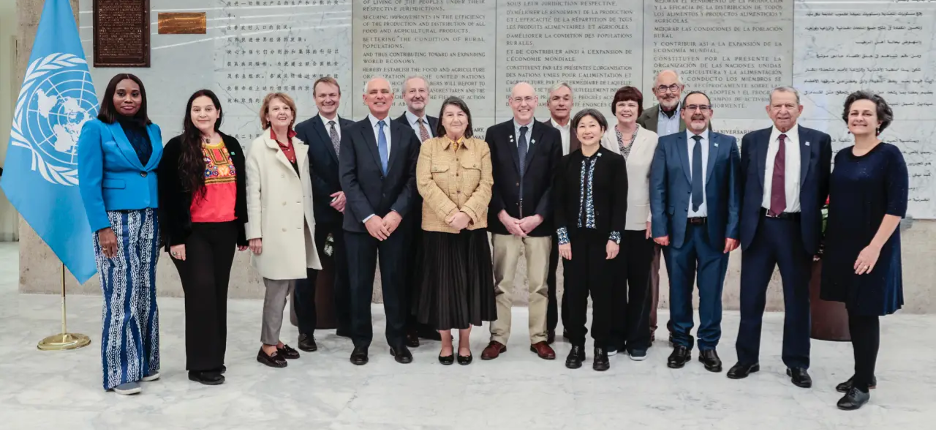
Transforming our food system requires a big but necessary change. Government entities, farmers, health providers, advocates and environmentalists — as well as every one of us — must pay attention to improving our ways of managing food. It will take all of us to work with, not against, our natural environment.

